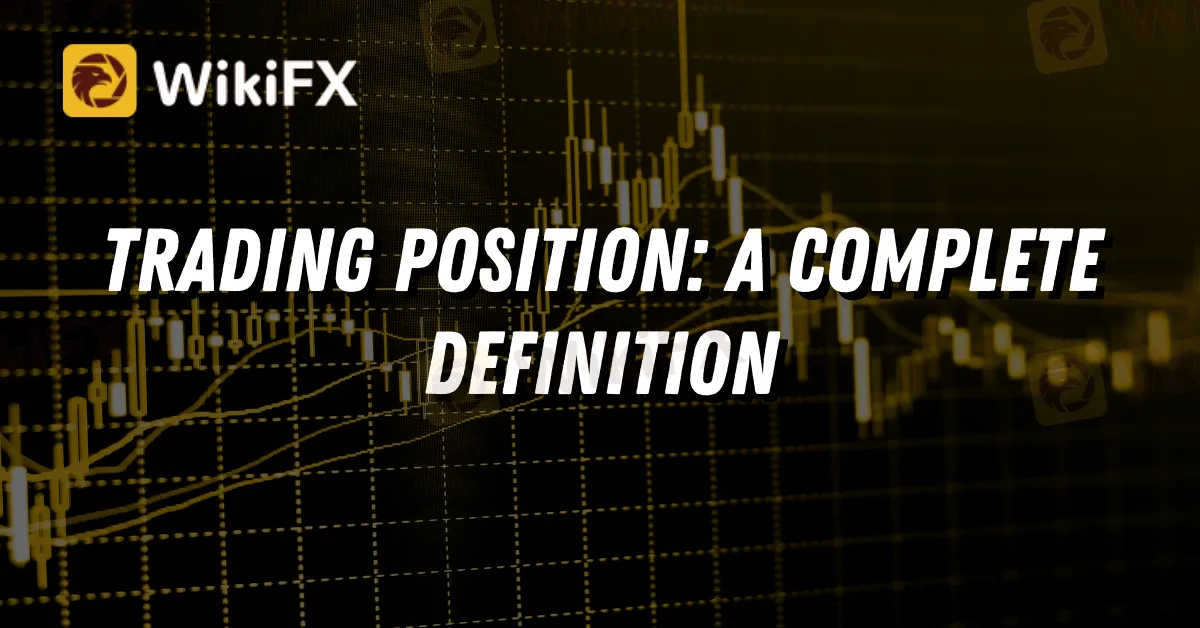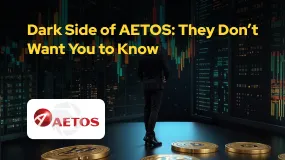简体中文
繁體中文
English
Pусский
日本語
ภาษาไทย
Tiếng Việt
Bahasa Indonesia
Español
हिन्दी
Filippiiniläinen
Français
Deutsch
Português
Türkçe
한국어
العربية
Trading Position: A Complete Definition
Abstract:A trading position is the quantity of a certain item, such as a stock or currency, that an investor or trader owns. Long and short positions are the two primary forms of trading positions.

A long position is one in which the trader anticipates that the asset's price will increase. In this situation, the trader purchases the asset and retains it in the hopes that its value would rise. If the price rises, the trader will be able to sell the item at a profit. If on the other side, the price declines, the trader will lose money.
The inverse of a long position is a short position. In this situation, the trader anticipates the asset's price to decline. A trader who takes a short position borrows the asset from someone else and sells it on the market. If the price falls, the trader may repurchase the item at a lower cost, return it to the lender, and pocket the difference as profit. If the price rises instead, the trader will lose money.
Traders and investors manage their trading positions using a variety of tactics and procedures, such as stop-loss orders, which enable them to limit their potential losses, or take-profit orders, which allow them to lock in gains at a certain price level. Trading has inherent risks, and investors should carefully examine their risk tolerance and financial objectives before entering any positions.
Different Types of Trading Positions
Aside from long and short positions, traders and investors may utilize a variety of additional trading situations. These are some examples:
Flat or square position: Is one in which the trader has no open positions, either long or short.
Market position: This is the trader's entire net exposure to the market, including all open long, and short bets. A trader with a net long market position anticipates that the market will increase, while a trader with a net short market position anticipates that the market will fall.
Net position: This is the trader's net exposure to a certain asset after accounting for all open long and short bets in that asset. A trader with a net long position in a specific stock, for example, anticipates the price to climb, whilst a trader with a net short position expects the price to decrease.
Leveraged position: A position made using borrowed funds or other financial instruments such as futures contracts or options. Profits and losses may be magnified in leveraged holdings.
Delta position: Is one based on the difference between two assets, such as two different equities or two different currencies.
Gamma position: This is a position based on the rate of change of an option's delta.
Traders and investors might employ a mix of these positions to build a diversified portfolio or to follow certain investing strategies. Before making any trades, it's critical to understand the risks and possible benefits of each sort of position.
Final word on trading positions?
Trading positions may help traders and investors manage their market exposure and pursue certain investing strategies. However, it is critical to thoroughly analyze the risks and possible benefits of each kind of position, as well as to be aware of one's individual risk tolerance and financial objectives. It's also critical to understand the hazards of trading, such as the chance of losing money, and to have a strategy in place to handle such risks. Traders and investors should always do due diligence and examine the assets they are contemplating trading before engaging in any trade, and they should seek the opinion of a financial expert if they have any queries or concerns.
Follow us for more Forex Educational news.
Download and install the WikiFX App on your mobile phones from the download link below to stay updated on the latest news, even on the go.
Download link: https://www.wikifx.com/en/download.html

Disclaimer:
The views in this article only represent the author's personal views, and do not constitute investment advice on this platform. This platform does not guarantee the accuracy, completeness and timeliness of the information in the article, and will not be liable for any loss caused by the use of or reliance on the information in the article.
Read more

BlackBull: A Closer Look at Its Licenses
When selecting a broker, understanding its regulatory standing is an important part of assessing overall reliability. For traders seeking to protect their capital, ensuring that a platform operates under recognised and stringent oversight can make all the difference. Keep reading to learn more about BlackBull and its licenses.

Dark Side of AETOS: They Don’t Want You to Know
AETOS is an Australia-based broker. All over the internet, you will find positive reviews about this broker, but no one is talking about the risks involved with AETOS. However, we have exposed the hidden risks associated with AETOS

Contemplating Investments in Quotex? Abandon Your Plan Before You Lose All Your Funds
Have you received calls from Quotex executives claiming to offer you returns of over 50% per month? Do you face both deposit and withdrawal issues at this company? Or have you faced a complete scam trading with this forex broker? You're not alone. Here is the exposure story.

15 Brokers FCA Says "Are Operating Illegally" Beware!
If a reputable regulator issues a warning about unlicensed brokers, it's important to take it seriously — whether you're a trader or an investor. Here is a list you can check out- be cautious and avoid getting involved with these scam brokers.
WikiFX Broker
Latest News
Global week ahead: Banking bellwethers and a tariffs waiting game
BlackBull: A Closer Look at Its Licenses
Top Wall Street analysts are confident about the potential of these 3 stocks
Retirees are fleeing these 10 U.S. cities—most are in states where you need over $1 million to retire
In recent layoffs, AI's role may be bigger than companies are letting on
Stock futures are little changed as traders await big tech earnings, eye trade developments: Live updates
Asia markets set to open mixed as investors assess trade developments, await China benchmark rates
Currency Calculator


